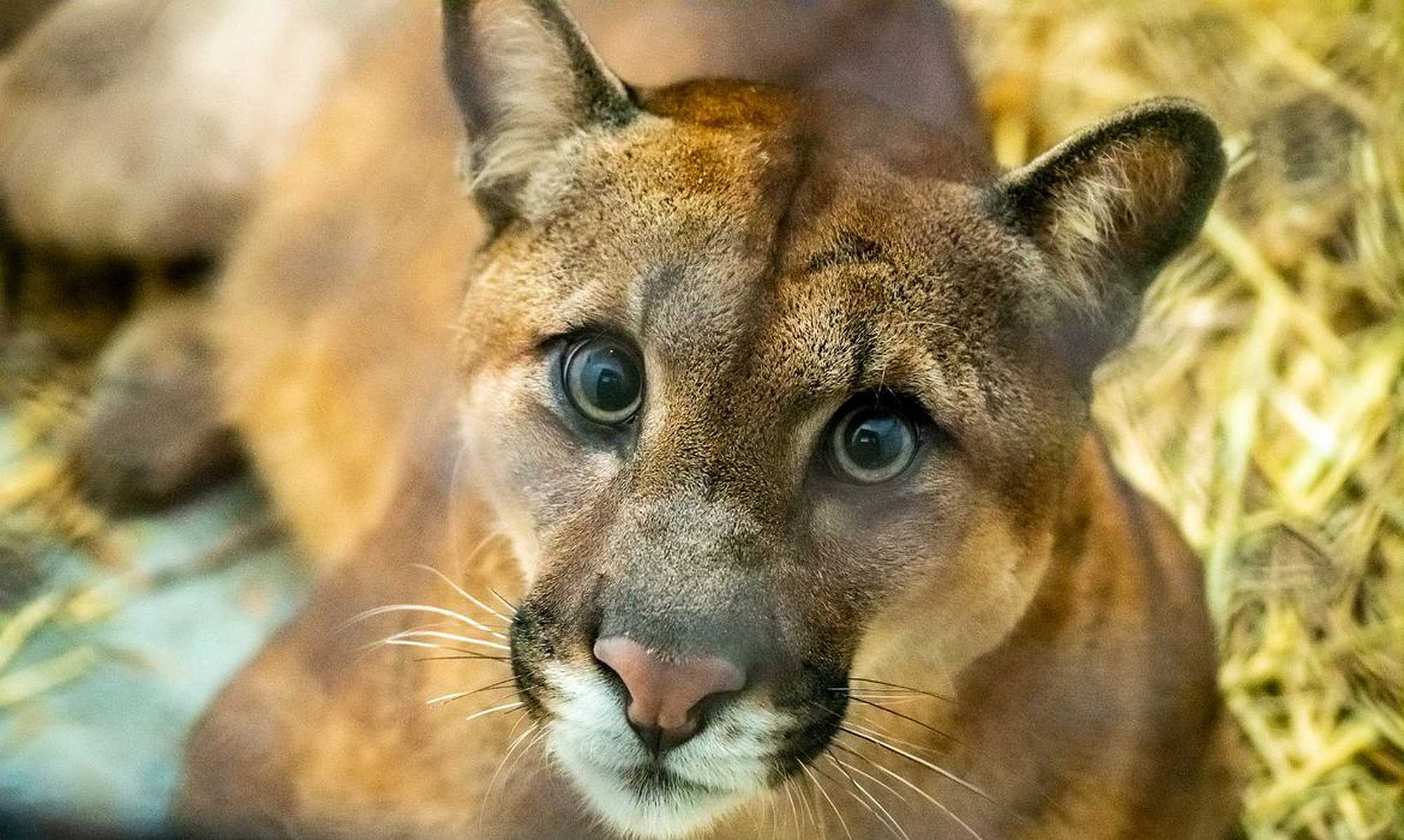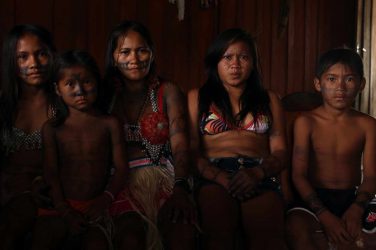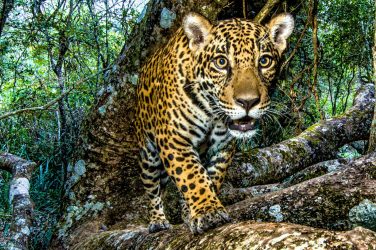Brazil has 3,229 animal and plant species under threat — 19.8 percent of the total 16.645 species surveyed. These are some of the figures from the study Ecosystem Accounting: Endangered Species in Brazil 2014, published by the Brazilian Institute of Geography and Statistics (IBGE).
Acknowledged in the country today are 49,168 plant species and 117,096 animal species. Of these, the study surveyed 4,617 flora species and 12,262 fauna species listed by the Chico Mendes Institute for the Conservation of Biodiversity (ICMBio) and by the National Center for the Conservation of the Flora in Rio de Janeiro’s Jardim Botânico, for which data are available on their conservation state. They represent 11.26 and 10.13 percent of all species recognized, respectively.
According to the survey, 0.06 percent of the species analyzed are extinct, 0.01 percent are extinct in nature, 4.73 percent are critically endangered, 9.35 percent are endangered, 5.74 percent are vulnerable, 3.98 percent are nearly threatened with extinction, 62.82 percent are less alarming, and 13.33 percent have been classified under insufficient data, indicating the need for further research. “Threatened” encompasses species regarded as vulnerable, endangered, and critically endangered.
Biomes
The Atlantic Forest was the biome with the highest number of threatened species, both in absolute numbers (1,989) and proportionally (25%). Next come the Cerrado, with 1,061 species under threat, 19.7 percent of the biome’s total species, and the Caatinga (366 species, 18.2%). The Pampa has 194 threatened species, which accounts for 14.5 percent.
The Pantanal and the Amazon, in turn, have the largest percentage of species under “less alarming” — 88.7 and 84.3 percent, respectively — and also the lowest percentage of species considered to be under threat (3.8 and 4.7 percent, respectively). In absolute figures, 54 species are threatened in the Pantanal and 278 in the Amazon.
The survey analyzed the fauna and flora as they occur in each biome — the Amazon, the Cerrado, the Caatinga, the Atlantic Forest, the Pampa, the Pantanal, and Ocean and Oceanic Islands — as well as environment type (land, fresh water, and sea). A single species may occur in different biomes and environments.
In this connection, 47.7 percent of species were observed in the Atlantic Forest, 35.7 percent in the Amazon, 32.4 percent in the Cerrado, 12.4 percent in Sea and Oceanic Islands, 12.1 percent in the Caatinga, 8.4 percent in the Pantanal, and eight percent in the Pampa.
Concerning land fauna, the biggest proportion of species under threat is found on oceanic islands: 30 species, or 38.5 percent of the total land species in Sea and Oceanic Islands. The Atlantic Forest has a higher number of threatened land animals (426), but a lower proportion (12.8%) of the total land species.
Extinct Species
At least ten species are extinct, among them the birds eskimo curlew (Numenius borealis) and glaucous macaw (Anodorhynchus glaucus); the amphibian spiny-knee leaf frog (Phrynomedusa fimbriata); the sea fishes finetooth shark (Carcharhinus isodon) and the narrowmouthed catshark (Schroederichthys bivius).
In addition to these, one species is extinct in the wild, i.e., it depends on captive breeding programs: the bird alagoas curassow (Pauxi mitu), observed in the Atlantic Forest.
ABr













